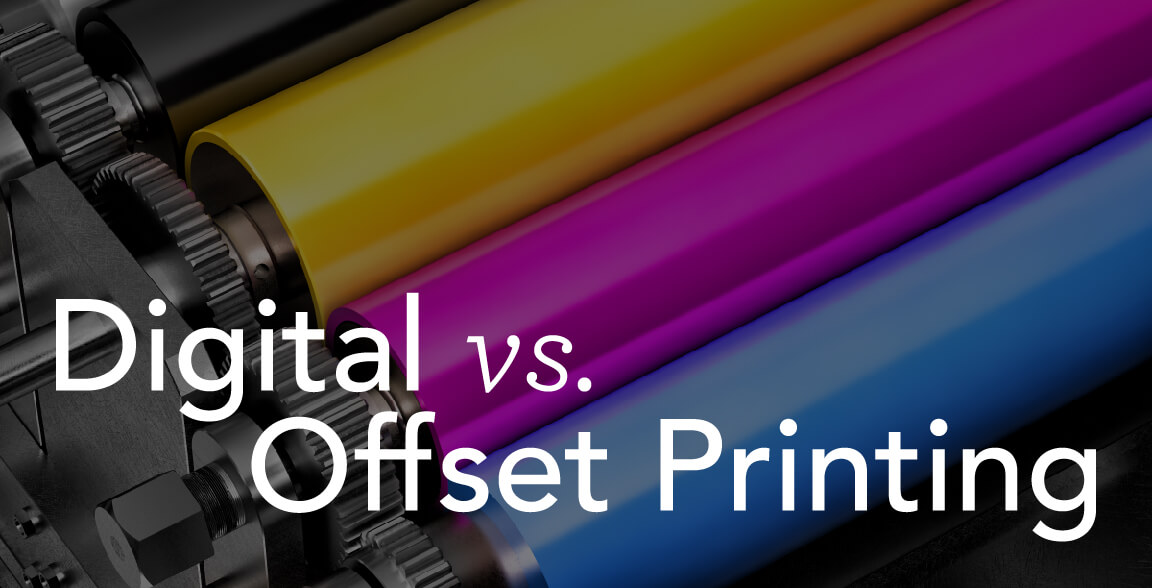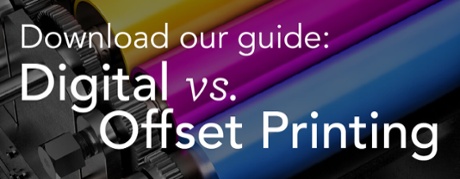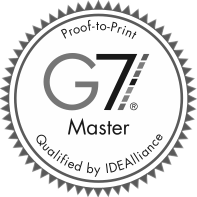Comparing digital and offset printing is a lot like comparing apples and oranges. Although each print method can help marketers and designers create a quality print piece, they are inherently different by design. As a result, there may be clear reasons for selecting one method over the other.
A quick Google search will lead you to hundreds of articles on the subject of digital vs offset printing. So what makes this one unique? We’ve combed through resources and talked with our in-house experts to develop a quick and handy comparison chart. Download the chart and keep it handy as you think through your next project.
Just keep in mind, this chart is for reference only. If you’re unsure or need recommendations it’s always best to talk to your printer! They are there to make recommendations to help you reach your goal.
Digital and Offset Printing Comparison Guide
| Digital | Offset | |
|---|---|---|
| Quantity | No minimum order. Best for most projects with quantities between 500 and 2,500. | Best for large quantities. Typically no less than 1,000. |
| Color | CMYK, can simulate PMS colors through four-color matching. | Pantone (PMS) or CMYK. |
| Setup | No setup is required aside from loading the specific substrate. Files are sent directly to the digital press. | Metal printing plates are created from digital files which typically adds 5 to 15 minutes per plate. Additionally, press setup for each job may take approximately 30 minutes or more for jobs that require special inks to be mixed. |
| Press Production Time | Press production time varies based on the number of inks per side being printed. Presses like the HP Indigo print at speeds ranging from 1,000 to 1,800 impressions/hour. There are many brands and models of digital presses and output varies between them. | Press production time varies based on quantity. Generally, offset presses print at speeds averaging between 10,000 and 15,000 sheets per hour. |
| Price | Prints lower quantities at lower cost. The price per piece remains relatively flat as the quantity increases or decreases. | Prints higher quantities at lower cost. The price per piece will reduce as volume increases. |
| Quality | Print quality, on digital presses like the HP Indigo, is comparable to offset printing. However, some digital output may be more susceptible to scratching and scuffing upon handling. An offline coating can help to protect digital sheets. | Higher resolution which may result in better image quality. |
| Size | 13x19" is the most common sheet size, however, some presses may go up to 14x20" with varying image areas. | Most offset presses go up to up to a 40" sheet size with varying image areas. |
| Personalization | Each sheet can be unique and allows for variable text and images. Files can be linked with a database to allow for complex personalization rules. | Not available. |
| Finishing | Drying time is not required so jobs can move directly from the press to finishing departments. | Traditional presses require drying time, however, some offset presses use H-UV inks which dry instantly. |
| Special Inks | White or transparent inks. Some presses like the HP Indigo 7600 include a PMS color kit allowing you to mix PMS inks. | PMS Colors, Metallics, Fluorescents. |
| Special Effects | Raised Ink, digital embossing, foil stamping. Overall coatings can be completed offline. | Spot varnish, foil stamping, in-line coating options, and more. |
| Stocks/Available Substrates | Digital-only stocks. Digital substrates include most if not all of the same stock brands used in offset printing. In addition, digital offers some specialty stocks such as pearlescent and PVC materials. | A wide range of substrates including thick paper, textured, and specialty papers. |
| Proofing | Can be produced directly on the stock for the job. | Very accurate color proofs produced on proofing paper. |
| Applications | Best for smaller quantities and/or projects with variable data. | Best for large volume, image areas and finished pieces. |
| Future Advancements | Digital presses excel at creating personalized communications and leveraging variable data. Additionally, they continue to improve their compatibility with both off-line finishing devices as well as more efficient in-line processes. | Offset presses continue to evolve mechanically which directly affects run speeds and hourly output/yield. New in-line inkjet technologies are also hitting the market which may allow for some variable data capabilities. Additionally, new H-UV presses are becoming increasingly eco-friendly. |
The comparison chart is meant to help you understand the features and benefits of digital and offset printing. Armed with that knowledge, you’ll be able to enhance your design files and take advantage of the options available through each printing method. It can also help you to plan your marketing materials and design priorities based on your goals, timeline, and budget.
Importance of a Valued Print Partner
While our handy reference chart provides a quick and easy comparison, it is not meant to help you decide between the two. That’s your printer’s job! In addition to the cost of the finished product you’re paying for their expertise, so make sure they offer it. Ultimately your printer should recommend the best printing method for your project, and not just take the order. They should be trained to go beyond the fundamental differences outlined above and look for ways to save you time and money by choosing the best method for the print piece you want to create.
For example, Shawmut helped a large university get the most bang for the buck on a recent alumni appeal. This client understood the value of using variable data to personalize their appeal but they were concerned about efficiency and cost. They asked Shawmut, "How much variable data do we need and can this be achieved using a combination of offset and digital devices?"
Since personalized direct mail can increase response rates between 3-5%, we recommend that clients personalize as much as possible. As in this case, we can identify small adjustments to design or format that allow us to print large volumes of static information and imprint variable data using digital printing.
In this example, with a few tweaks to design the client was able to print “offset shells” and then use our HP Indigo digital press to imprint variable data. This method allows educational institutions to stay within budget while creating a highly personalized mailer and generate a greater response rate.

